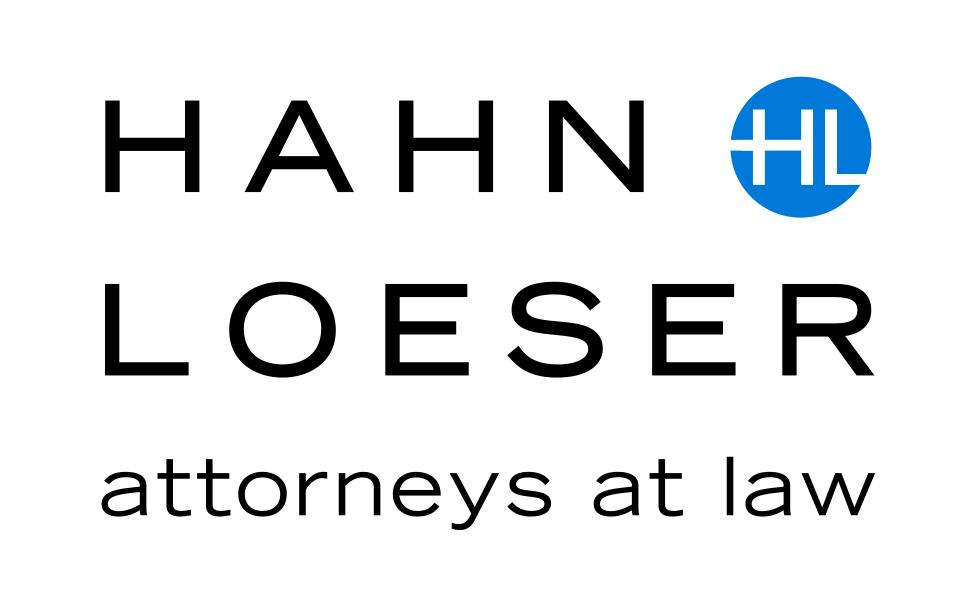Recently published IRS guidance should make it easier for certain taxpayers to defer and even eliminate federal income tax on capital gains by investing in Qualified Opportunity Funds (“QOFs”).
Congress added QOFs to the Tax Code in December 2017 through passage of the Tax Cuts and Jobs Act (“TCJA”). These new investment vehicles are required to invest substantially all of their assets in designated “qualified opportunity zones.” The legislation is intended to promote development in low-income communities by giving taxpayers several lucrative incentives to invest in QOFs, including the following:
- Taxpayers who reinvest investment proceeds in a QOF within 180 days of disposing of the investment can defer tax until the earlier of (i) the date the QOF investment is sold or (ii) December 31, 2026;
- Taxpayers who hold QOF investments for at least five years can eliminate 10% of the original gain, and taxpayers who hold QOF investments for at least seven years can eliminate 15% of the original gain. For example, if on December 1, 2018, an individual invests $200,000 in a QOF, $100,000 of which represents gain from an investment that was disposed of within the preceding 180 days, and the individual holds the QOF investment through December 31, 2026, she will pay tax on just $85,000 of gain ($100,000-$15,000), instead of $100,000.
- Taxpayers who hold QOF investments for at least 10 years can eliminate all tax on the appreciation. For instance, if the individual in the prior example sold the QOF investment on December 2, 2028 for $500,000, she would pay no federal income tax on the $300,000 of appreciation and would pay tax on just $85,000 of gain in total.
Moreover, another provision of the TCJA eliminated taxpayers’ ability to defer tax on exchanges of like-kind property other than real estate, giving taxpayers fewer options to defer gain on dispositions of business property and thus making QOFs more attractive for taxpayers eager to defer or eliminate capital gain.
Despite these incentives, investors have been slow to invest in QOFs, largely due to uncertainty about how the IRS would interpret certain aspects of the new law. The IRS’s recent guidance – in the form of proposed regulations and a revenue ruling – should put to rest much of that uncertainty. In particular, the guidance addresses the following issues, generally in taxpayer-friendly ways:
Eligible Gains
The regulations clarify that only capital gains from an actual or deemed sale or exchange are eligible for deferral. Ordinary gains cannot be deferred by reinvesting the proceeds in a QOF. Additionally, the capital gain to be deferred must be capital gain that otherwise would have been recognized no later than December 31, 2026, and must not arise from a sale or exchange with a related person.
Eligible Taxpayers
The regulations explain that the types of taxpayers eligible to defer capital gains include any taxpayer that recognizes capital gain for federal income tax purposes. Thus, taxpayers who may benefit from investing in QOFs include not only individuals, but also C corporations (including mutual funds and real estate investment trusts), partnerships, certain other pass-through entities, and common trust funds, among others.
The proposed regulations include special rules that address some of the issues that may arise when a partnership invests in a QOF. Generally, the rules allow a partnership to elect to defer all or part of its capital gain to the extent the partnership makes an eligible investment in a QOF. If the partnership makes a valid deferral election, no part of the deferred gain is required to be included in partners’ distributive share of the partnership’s income. To the extent the partnership does not make the election, the gain is included in partners’ distributive share; however, if all or part of a partner’s distributive share is eligible for deferral, that partner may make its own election to defer its share of the gain that is otherwise eligible for deferral through investment in a QOF.
Working Capital Safe Harbor
One of the requirements to qualify as a QOF is that substantially all – generally defined for this purpose as at least 90%– of a QOF’s assets must consist of qualified opportunity zone property (tested on a semi-annual basis). Qualified opportunity zone property is defined as qualified opportunity zone stock, a qualified opportunity zone partnership interest, or qualified opportunity zone business property. Some taxpayers questioned how the IRS would apply the 90% test, particularly in the early stages of a QOF, when some or even all of a QOF’s capital has not yet been invested in qualified opportunity zone property.
The proposed regulations resolve this issue by creating a safe harbor for QOF investments in opportunity zone businesses that acquire, construct, or rehabilitate tangible business property. Under the safe harbor, QOFs may treat cash and cash equivalents as opportunity zone business property for up to 31 months, so long as:
- there is a written plan that identifies the cash or cash equivalents as being held for the acquisition, construction, or substantial improvement of tangible property in an opportunity zone;
- there is a written schedule consistent with the ordinary business operations of the business that the cash or cash equivalents will be used within 31 months; and
- the business substantially complies with the schedule.
The safe harbor thus gives QOFs or their operating subsidiaries up to 30 months to invest cash and cash equivalents in opportunity zone business property before the cash will fail to be treated as qualified opportunity zone property.
Substantially All Requirement
The regulations also clarify how a QOF can satisfy the substantially all requirement described above. Specifically, the regulations provide that if an entity qualifies as a qualified opportunity zone business, the value of a QOF’s entire interest in the entity counts toward the QOF’s satisfaction of the 90% asset test. The regulations further provide that if at least 70% of the tangible property owned or leased by a business is qualified opportunity zone business property, the trade or business will satisfy the substantially all requirement. Thus, a QOF’s entire investment in a qualified opportunity zone business will count toward the 90% required to be invested in qualified opportunity zone assets so long as at least 70% of the business’s assets are opportunity zone property.
Substantial Improvements
Finally, an IRS revenue ruling takes a taxpayer-friendly approach to the requirement, applicable in some circumstances, that a QOF substantially improves business property it acquires. Under the statute, tangible property used in a QOF’s trade or business is treated as substantially improved only if, during the 30-month period beginning after the date of acquisition, the amount spent by the QOF to improve the property exceeds the cost of the property at the beginning of such 30-month period. The revenue ruling helpfully provides that the cost of the property for this purpose means the cost of the building and does not include the cost of land.
For example, if a QOF purchases a building and land for $800,000, with the intent to substantially improve the building, where the value of the land is $480,000 and the value of the existing building is $320,000, the QOF would have to spend at least $320,000 within 30 months – not $800,000 – to substantially improve the building. Moreover, the ruling confirms that the QOF would not have to spend money to separately improve the land.
Conclusion
The proposed regulations will become effective on the date they are published as final regulations. Until then, taxpayers generally may rely on the proposed regulations so long as they apply the rules in their entirety and in a consistent manner. As a result, the publication of the proposed regulations and revenue ruling should give taxpayers reassurance that they will receive the desired tax benefits upon investing in a QOF, so long as they follow the rules in the statute and the IRS guidance.
If you would like additional information about this new IRS guidance or about investment in QOFs, please contact Ivan Golden, Jeffrey Folkman, Douglas Carlson, Michael Sykes or Michael Gleason.
—
This Client Alert was created for general informational purposes only and does not constitute legal advice or a solicitation to provide legal services. The information in this Client Alert is not intended to create, and receipt of it does not constitute, a lawyer-client relationship or reinstate a concluded lawyer-client relationship. Readers should not act upon this information without consulting legal counsel admitted in the state at issue.

